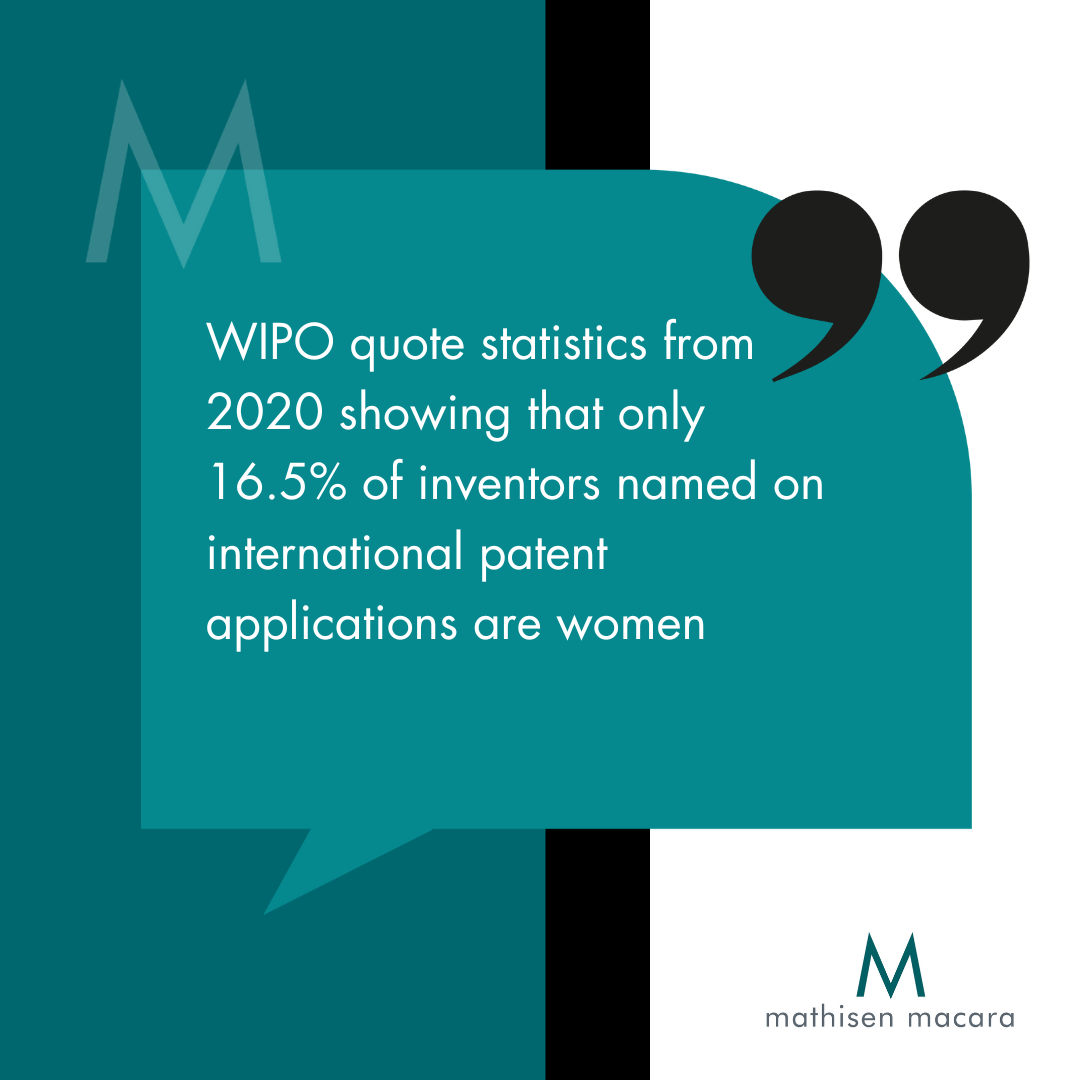World IP Day 2023: Frances Goddard on Women in IP
What does Women in IP mean? The answer to this question might depend upon how you are involved with IP. For example, as a Patent and Trade Mark Attorney, my first thoughts might focus on whether being a woman has affected my career in the IP profession. On the other hand, if you are a scientist, you might be thinking about what opportunities in research have been open to you and whether you have received the recognition you deserve.
From a personal point of view, whilst I may have been subject to the gender pay gap during my career, I have been lucky to have worked for companies where I have never felt my gender was in any way relevant to my opportunities. I have also been lucky to have worked with many great clients and have rarely felt I was being judged differently by my clients for being a woman. However, I am aware that not all of my female colleagues can say the same. We here at Mathisen & Macara are proud to be able to say that more than half or our partners are female, but as only one third of our attorneys are female there is always room for improvement.
You may be aware of the work of a number of high-profile female scientists, such as Marie Curie’s work on radioactivity, Stephanie Kwolek’s work that produced Kevlar and more recently Sarah Gilbert’s work on development of the Oxford/AstraZeneca vaccine. Whilst there is no disputing the value of these contributions to science, and that of many other women, I wonder if we notice that these scientists are women because they are from a relatively small pool. Whilst it is difficult to obtain statistics on the proportion of women in scientific research, I note that WIPO quote statistics from 2020 showing that only 16.5% of inventors named on international patent applications are women. The European Patent Office has recently published a study on women in patents in the 38 member states, which shows that although female inventor rates are rising, they are still a long way short of parity, ranging from around 8-30% depending on the country.
Clearly, there is still a long way to go. However, I am pleased to see groups such as IP Inclusive providing support for women professionals in IP, and many initiatives promoting STEM for women in education, as well as initiatives in IP organisations such as WIPO, the EPO and national patent offices, including the UKIPO, helping us all move towards a reality where gender is irrelevant.
